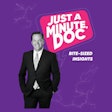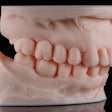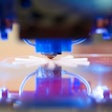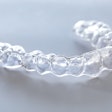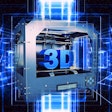No clear evidence exists for when patients suspected of temporomandibular disorders (TMD) should be examined using imaging methods, according to a study in the Journal of Oral Rehabilitation (May 18, 2010).
In the current version of the Research Diagnostic Criteria for Temporomandibular Disorders (RDC/TMD), imaging of the temporomandibular joint (TMJ) is not required for a diagnosis, according to Arne Petersson, D.D.S., OdontDr, of the Faculty of Odontology at Malmö University in Sweden.
Several techniques are used to image the TMJ, including radiography, computed tomography (CT), cone-beam CT, and magnetic resonance imaging (MRI).
"Osseous changes are best visualized in tomography, and cone-beam CT is a promising method, although it needs further comparative evaluation," Dr. Petersson wrote. In addition, although MRI is the method of choice for imaging the disk, a systematic review found the evidence grade for the diagnostic efficacy of MRI to be insufficient.
"Research has shown that radiological findings of the TMJ do not always support the clinical findings of the RDC/TMD diagnosis," he noted. "But imaging should only be performed when it is known that it could contribute to a proper diagnosis and treatment with a better prognosis."
Future research designs should be randomized controlled trials in which various radiological examination findings are analyzed in relation to therapeutic outcome, he added.
Copyright © 2010 DrBicuspid.com










